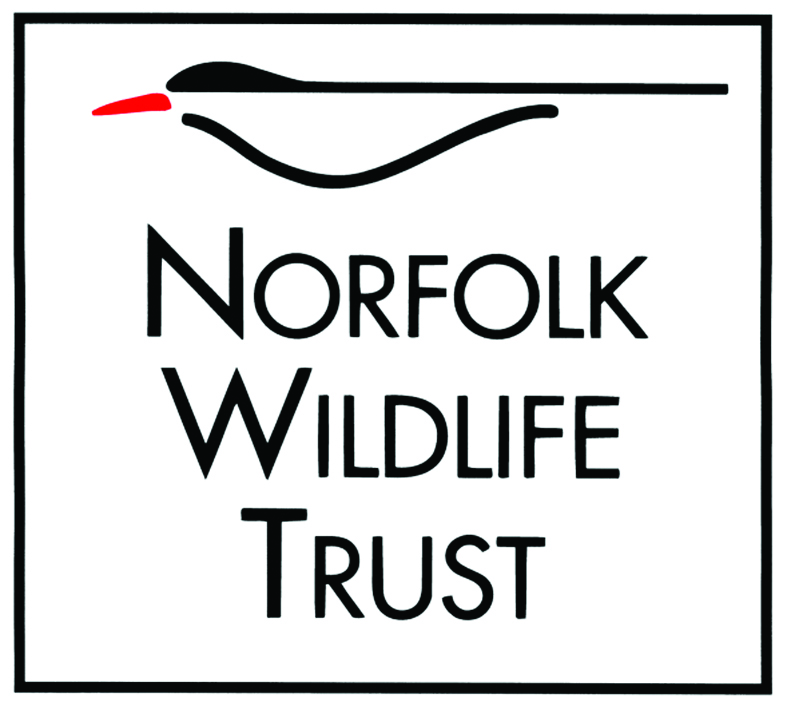Search
Search
Norfolk Wildlife Trust travels back to the Ice Age to support wildlife
Norfolk Wildlife Trust excavates rare 'ghost pingo' ponds dating back to the Ice Age to restore wildlife-rich habitat to Norfolk.
Norfolk's wildlife in November
What is a 'rare' bird? Our Reserves Officer reflects on some exciting Norfolk visitors, and gives his top tip for the month ahead.
Global technology company in Diss invests in Norfolk's wildlife
One of the largest employers in South Norfolk has shown its support for Norfolk's nature by joining Norfolk Wildlife Trust's corporate members scheme this month.
NDR Western Link: Norfolk Wildlife Trust will object
Norfolk Wildlife Trust will strongly object to any planning application for the Western Link and has written to the Department for Transport to raise its concerns over unacceptable wildlife…
Wildlife Watch
Grave concerns as Norwich Western Link route approved
On Monday 15 July 2019, Norfolk County Council approved option C as its preferred route for the NDR Western Link.
£210,000 boost for west Norfolk's wetland wildlife
Norfolk Wildlife Trust opens the new year with an exciting new project making vital improvements to rare wildlife-rich wetlands near Kings Lynn.
Wilder Communities - Monitoring County Wildlife Sites and other green spaces for nature
Learn how to assess if your local CWS or green space is delivering for nature. Are the habitats in good condition or in need of better management?
Norfolk Wildlife Trust and National Highways announce biodiversity boost
Norfolk Wildlife Trust and National Highways have joined forces to launch a new Network for Nature programme, with three projects that will improve habitats across Norfolk, benefitting people,…
Wildlife
Rare bird breeding success tops the bill for Norfolk Wildlife Trust
Spoonbill have bred successfully for the second year running at NWT Hickling Broad and Marshes, providing hope of establishing a future breeding colony of these distinctive rare birds.
